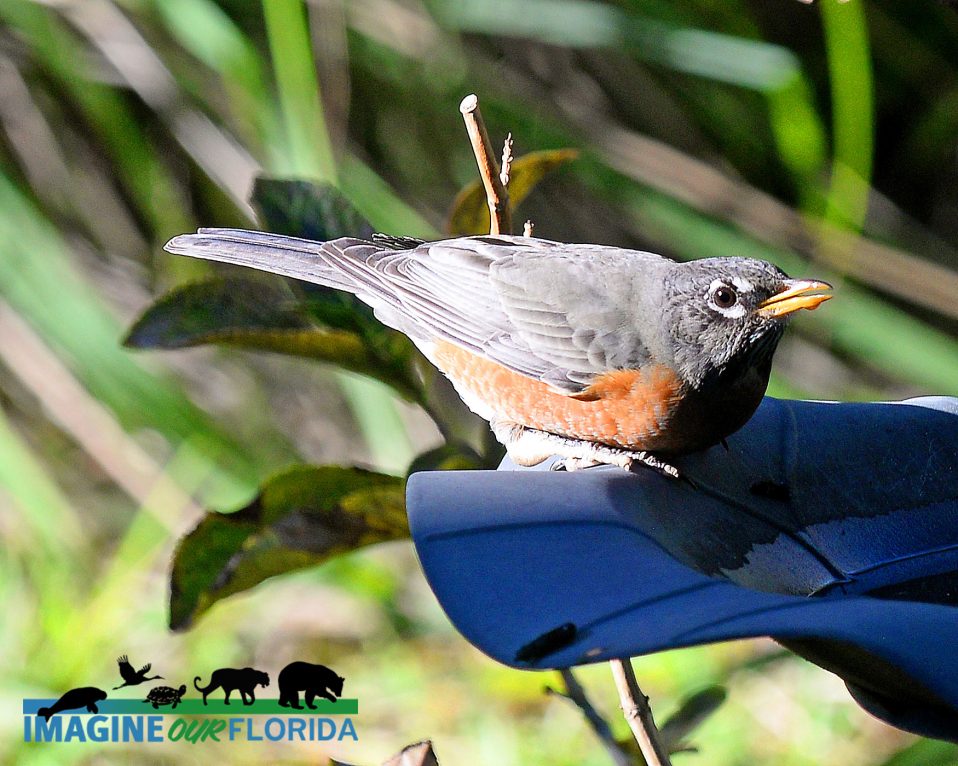Robins
* Robins prefer cooler temperatures, which is why they fly north to escape the southern heat.
* Robins will start to migrate back north when they feel a 37-degree average daily isotherm ( ground temperature above 37*).
* Male robins will arrive at their northern destinations about 2 weeks earlier than the females. This gives them time to claim their territory.
* Robins do not mate for life; however, the male will stay to help feed his chicks.
*Chicks leave the nest in August and live to be 5-6 years old.
* Robins begin to migrate south when the temperature causes the ground to become too hard to dig for earthworms, their main food source.
* Robins will resort to eating berries and insects until that food supply starts to dwindle.
* During migration, robins can fly up to 36 mph and cover 100-200 miles a day.
*Winter months are spent in Florida, southern Louisiana, southern Texas, southern Arizona, southern New Mexico, Southern California, and northern Mexico.
* Most robins migrate intermediate distances but some have migrated from Vancouver to as far south as Guatemala.
As the temperature warms in our neighboring states, robins will begin to make their way across Florida. Keep an eye on your birdbath. A flock of robins just might stop by for a quick dip and drink.



Recent Comments